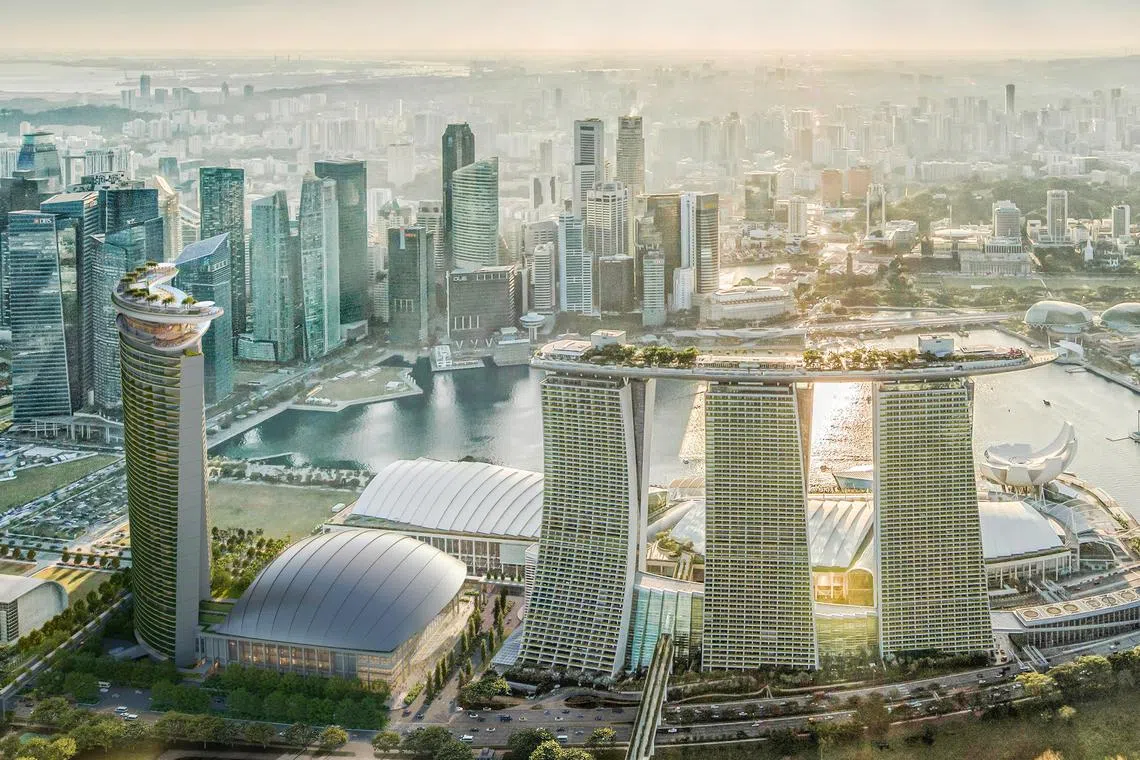
The integrated resort Marina Bay Sands in Singapore has shifted its approach to calculating hold rates on rolling baccarat — a move that reflects the resort’s rising banking margins and the deployment of smart gaming technologies. According to the recent quarterly report of Las Vegas Sands Corp. (LVS), the theoretical hold-adjusted win percentage for its rolling chip play at Marina Bay Sands reached 4.2 % for the quarter ended September 30, 2025, up from 3.5 % in the same quarter in 2024.
This change stems from LVS’s decision to abandon the “standard” or static hold percentage model for rolling baccarat, in favour of a dynamic methodology that reflects actual player behaviour and smart table analytics. During its earnings call, LVS executives emphasised that fluctuations in hold are now expected from quarter to quarter because of varying betting patterns and side-bets, meaning that the previously used fixed benchmark no longer suffices.
The resort attributes this shift largely to the installation of “smart tables” — tables embedded with radio-frequency identification (RFID) chip tracking and AI-powered cameras — which allow for more granular tracking of betting flows, side-bet behaviour and real-time dynamics of high-roller play. These systems enable the resort to measure and therefore adjust its expected hold in near real-time, offering a more accurate reflection of potential win rates.
From a business-perspective, the impact is significant. Marina Bay Sands reported adjusted Property EBITDA of US $743 million for the quarter, with a margin of 51.7 % — well above many peers and heavily influenced by the rolling chip segment’s enhanced performance. LVS themselves note that if the rolling chip hold had been at the old model, Marina Bay Sands’s EBITDA would have been lower by about US $43 million for the quarter.
However, the change raises questions for investors, regulators and stakeholders. For investors, higher theoretical hold rates boost profitability and suggest the resort is extracting more from high-value baccarat play. For regulators and responsible-gambling advocates, the sharper hold rates mean more overlay of risk: such high margins could signal increased volatility and higher potential for problem gambling in the high-roller segment. Regulators may ask whether side-bet proliferation and high-stakes rolling play are being sufficiently managed.

 Content Writer: Janice Chew • Thursday, 25/10/2025 - 22:57:20 - PM
Content Writer: Janice Chew • Thursday, 25/10/2025 - 22:57:20 - PM